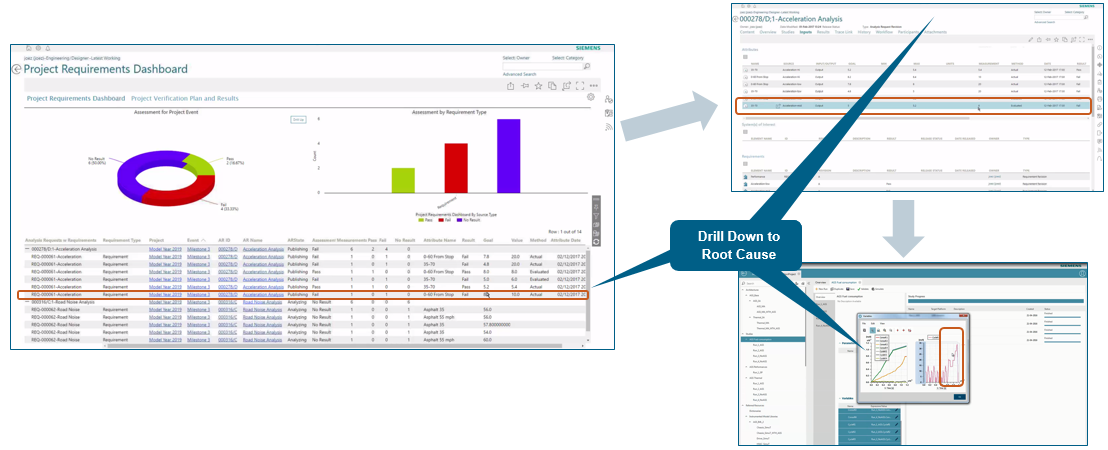Requirement Validation Planning and Reporting

Why is Requirements Validation Planning and Reporting important?
Given the pressure companies face to develop new streams of revenue and to stay ahead of competitors, proper verification and validation are becoming more and more important. Products, both updated versions and altogether new ones, are often to market without proper verification and validation. Consequently, product design or performance problems are not detected until after the product is already shipped.
Moreover, issues such as delays to market and cost overruns can have devastating impacts on getting a product to market.
Even worse. If a problem is not discovered until after it releases to market, it is exponentially more expensive to address, either from product recalls, litigation or both. Here is a chart to show how catching problems earlier can make a significant difference in the success of a product.
 Optimizing Tracking: Catching Problems vs Late Discovery
Optimizing Tracking: Catching Problems vs Late Discovery
As products are being created companies are finding it difficult to understand the dynamic relationships between all the requirements, sub-systems and domains to intelligently assess the impact of change.
Teamcenter Requirements Validation helps you investigate those cross-domain associations and relationships. You can graphically highlight/cross-probe between requirements, models, and other data elements across domains. Users can add Views that contain various objects and when an item is selected the related items in all the other views will be highlighted.
The Requirement validation plan and reporting has the following six steps

Step 1: Establishing Milestones
Create a Program and set up plan level events
 Planning Milestones
Planning Milestones
Step 2: Assign Tests to Plan
Refine Target Values to support variability for product differentiation Assigning Targets
Assigning Targets
Step 3: Define /Refine Requirement
Next, Assign Requirements and Tests to Program Milestones Creating an analysis request
Creating an analysis request
Step 4: Perform Test Cases
Perform verification and tests 1D and 3D Modeling
1D and 3D Modeling
Step 5: Continuous Monitoring
Monitor Test Case fulfillment and performance by Milestone
 Reporting and Monitoring
Reporting and Monitoring
Step 6: Drill down to Root Cause
After you discover a problem, with all the other steps in place, now continuous verification is possible. Drill down to root cause
Drill down to root cause
Using this process will allow you and your company to stay ahead of the curve. Requirement Validation Planning and Reporting allows you to close your feedback loop, ahead of problems, before they become costly to your business.
About the Author:
Burt Corbin is the Product Manager for Requirements Engineering and Safety Engineering applications in Teamcenter. His focus is in producing functionality related to his areas as well as in integrating third-party applications with Teamcenter


